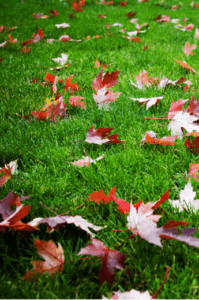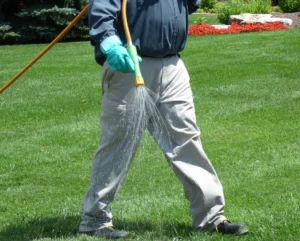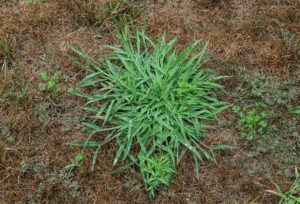Weed Wednesday: Buckhorn Plantain
Happy Weed Wednesday! This week we want to talk about a cool-season perennial weed called Buckhorn Plantain. While it originated in Asia & North Africa, it found its way to North America after being brought over by early European settlers. It was thought to have a wide variety of medicinal uses for wounds and even insect bites back in the day. In modern times, it is seen as a nuisance weed and not something most homeowners want to see in their lawns.



While this weed has a lot of close relatives and names, it does show various differences from the broadleaf plantain. It grows from 1 large central root (taproot) and has long narrow football-shaped leaves that can grow 3 to 12 inches in length. It typically flowers from May-October and will produce a tall upright flower stalk that can measure 12-18 inches in length. At the top of this stalk there are dense spiked white flowers. If the weed is allowed to remain intact it’s seeds will remain most of winter, which can contribute to an even larger infestation the following growing season.

While it is most common in dry soil, it can grow in a wide variety of areas making it a very adaptable weed. Good maintenance habits when mowing and watering can slow the spread of this weed. This paired with maintaining a healthy, dense lawn and healthy soil can help prevent growth. That’s where we come in.
Don’t have ExperiGreen? Not a problem! With season-long fertilization applications, 2 crabgrass prevention treatments in the spring, and delivery of key nutrients to your lawn at the right time, our Experts will make sure your lawn gets and maintains a healthy, lush, and weed-free appearance. Call us today to learn more about our services and how you can get your first application for $29.95*.
Buckhorn Plantain Weed Map
Photo Credit: EDD Maps


Join Our Free Lawn Care Newsletter
Stay Up to Date With The Latest News & Updates
* We don’t share your info with anyone ever.







